Luce Viaduct
Luce Viaduct



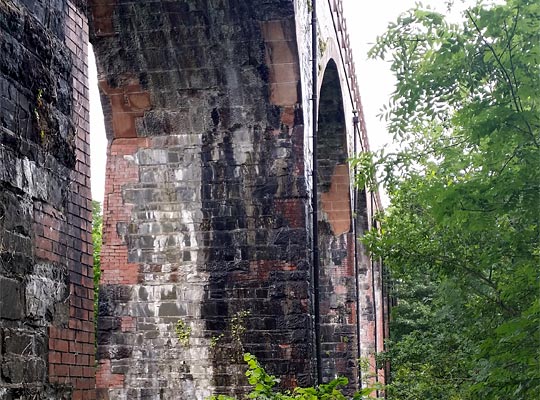
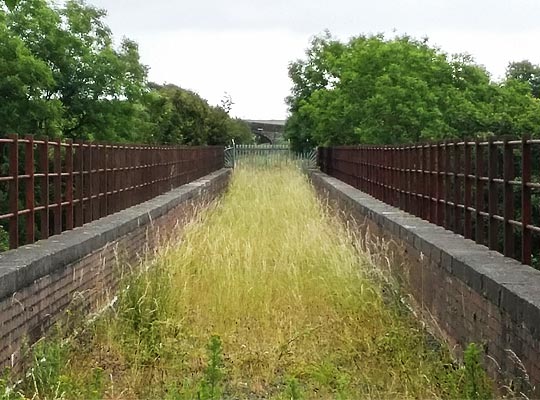
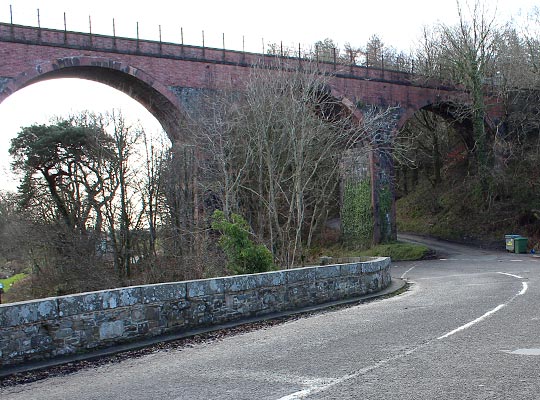
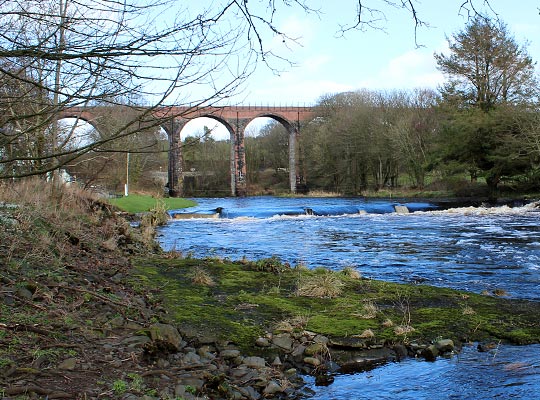
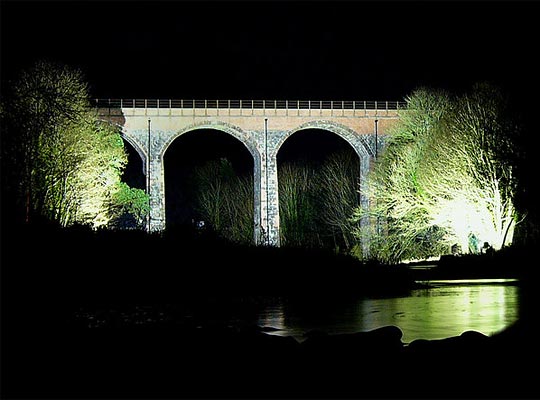








With little opposition, the Portpatrick Railway navigated its Parliamentary passage during the session of 1857, Royal Assent being granted on 10th August. The main line was to be almost 62 miles in length, extending from Castle Douglas to Portpatrick. Two short branches were also authorised, connecting it to the west quay at Stranraer and north pier at Portpatrick.
Traversing bleak and difficult terrain, the route presented great challenges, not least the need to build 620 yards of viaduct. Benjamin & Edward Blyth took charge of the engineering, with William Dyce Cay assisting; the latter had particular responsibility for the railway’s harbour works at Portpatrick.
Financial woes slowed progress with the construction but these were overcome after the Lancaster & Carlisle and Glasgow & South Western railways agreed – somewhat reluctantly – to make additional contributions. Early in 1861, Captain Tyler spent three days inspecting the line for the Board of Trade. It was single throughout and worked by telegraph order. Services were inaugurated on 12th March, but – with works at Portpatrick not yet complete – it was 28th August 1862 before trains ran the railway’s full length.
Construction was split into seven sections of around nine miles each, with the Glenluce and Stranraer contracts – encompassing a distance of 17 miles – being awarded to Messrs Brassey & Falshaw of Edinburgh, the combined value amounting to £70,762. A major feature of the former contract was Luce Viaduct, comprising eight segmental arches of 42 feet each. The Old Military Road follows a sweeping curve on its north side to pass beneath spans 2 and 7; a lane climbs under the westernmost arch whilst the Water of Luce is crossed by spans 3, 4 and 5. The arches reach a height of 47 feet 6 inches above the road.
The structure was originally built in whinstone rubble but extensive red-brick remedial work has been carried out to both the spandrels and pier quoins. The arch barrels remain predominantly dressed stone. In 1892, it was reported that the piles had split and “thorough repairs” were needed.
On Monday 2nd December 1861, an Up train was travelling over the viaduct when a large piece of wood was observed lying across the track. Despite its slow speed, the locomotive hit the timber – sending it spinning – and was fortunate to remain on the rails. The local paper condemned what it saw as a “diabolical attempt” to occasion a derailment, asserting that the passengers had been put in “serious jeopardy”. As the police made active enquiries, the railway offered a £20 reward for detection of the culprit.
The line from Castle Douglas to Challoch Junction – incorporating the viaduct – lost its operational status on 14th June 1965. Since then Luce Viaduct, structure CJD/203, has been subject to a regime of annual examinations by British Railways Board (Residuary) and, since its demise, the Historical Railways Estate.
(Billy McCrorie and David Baird’s photos are sourced from Geograph and used under this Creative Commons licence.)







